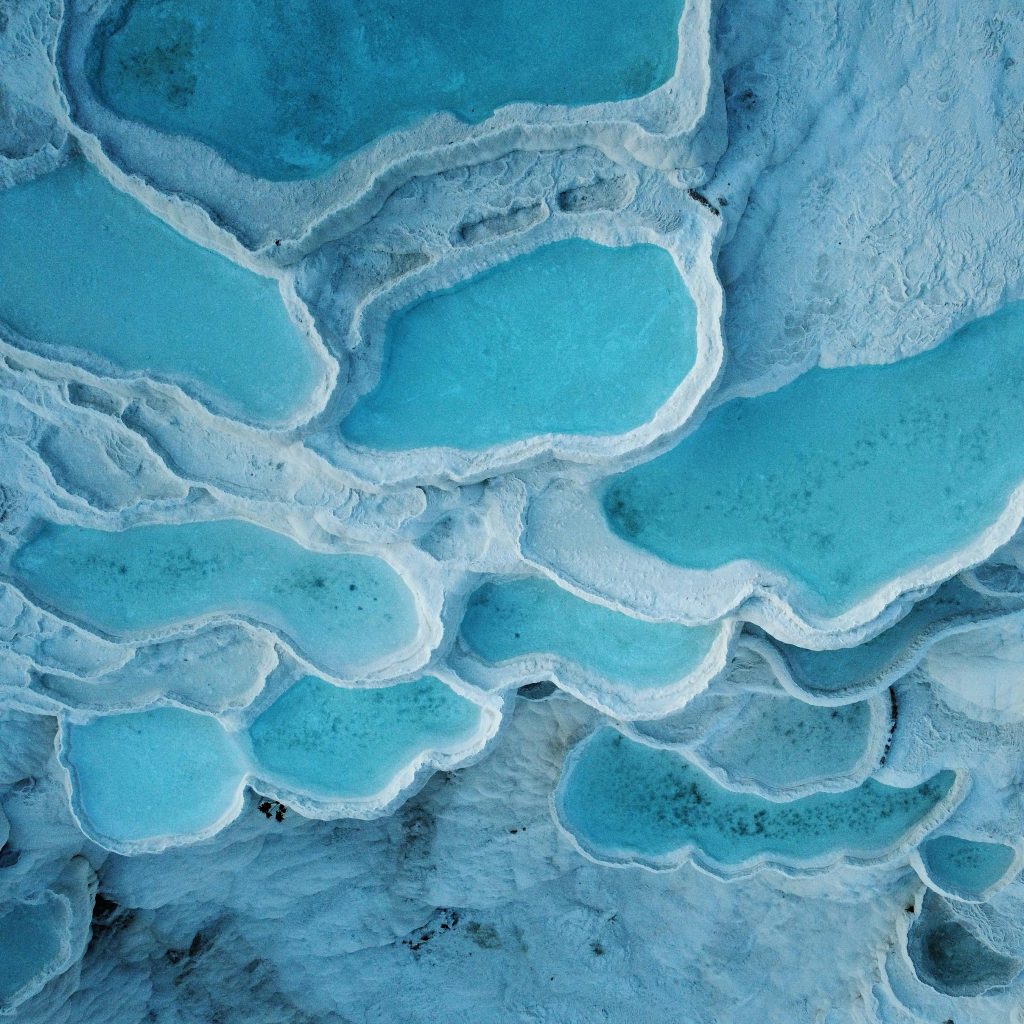
Deep in south-western Turkey lie Pamukkale Travertines, perhaps Turkey’s most surreal natural wonder. Renowned for their glinting white layers of travertine formed by mineral-rich thermal water, Pamukkale is a rare blend of natural beauty, ancient heritage and health tourism that draws tourists to it from around the world.
The Creation of Pamukkale Travertines
The Turkish name Pamukkale literally means “cotton castle” — a name that is suitably surreal for this landscape. Terracing is formed by deposits of calcium carbonate left behind by flowing thermal spring water that has been flowing for thousands of years. When it cools, it deposits minerals on the side of the mountain in cascading white basins that resemble frozen waterfalls.
They are travertines, a form of limestone created by mineral springs. There are 17 hot springs with temperatures ranging between 35°C and 100°C (95°F to 212°F), and it is not just a visual spectacle but a spa too.
Historical Significance: Ancient City of Hierapolis
Alongside the travertines is Hierapolis, a Greco-Roman ancient city that was built in the 2nd century BC. This World Heritage Site was built on top of hot springs for medicinal purposes and was a center for ancient world healing.
Visitors can walk through ancient temple ruins, baths, theaters, and even a stunningly preserved necropolis. The crowning glory? The Antique Pool (Cleopatra’s Pool), through which you can swim through underwater marble columns that are believed to have toppled in an earthquake in ancient times.
Therapeutic Properties of Pamukkale Thermal Waters
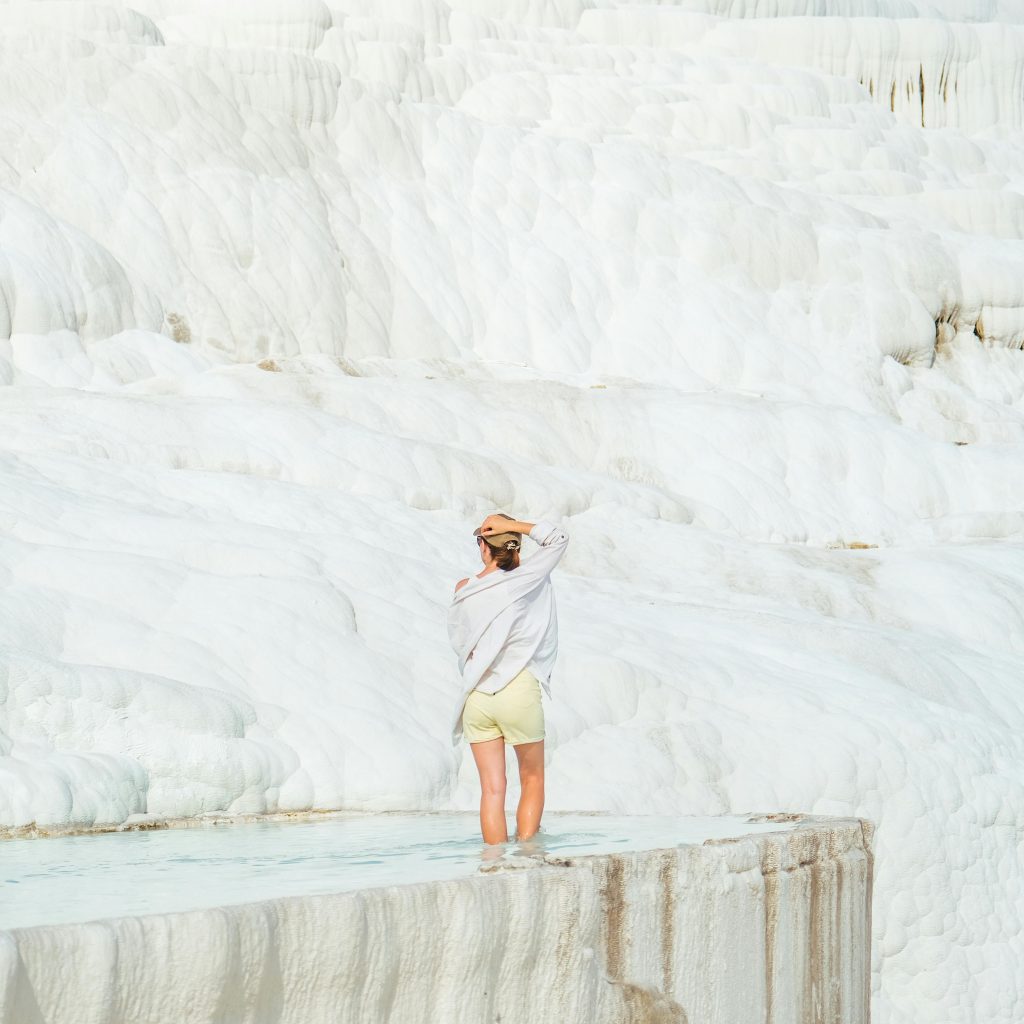
The thermal waters of Pamukkale are rich in calcium, magnesium, sodium bicarbonate, and sulfate minerals that are purported to have several health benefits:
- Skin detoxification and rejuvenation
- Pain relief for rheumatic diseases and joint pain
- Improved circulation and metabolism
- Stress reduction and relaxation
The ancient cultures used these waters for medicinal baths, and tourists today still bathe in the medicinal baths for relaxation and health.
Top Things to See and Do Around Pamukkale
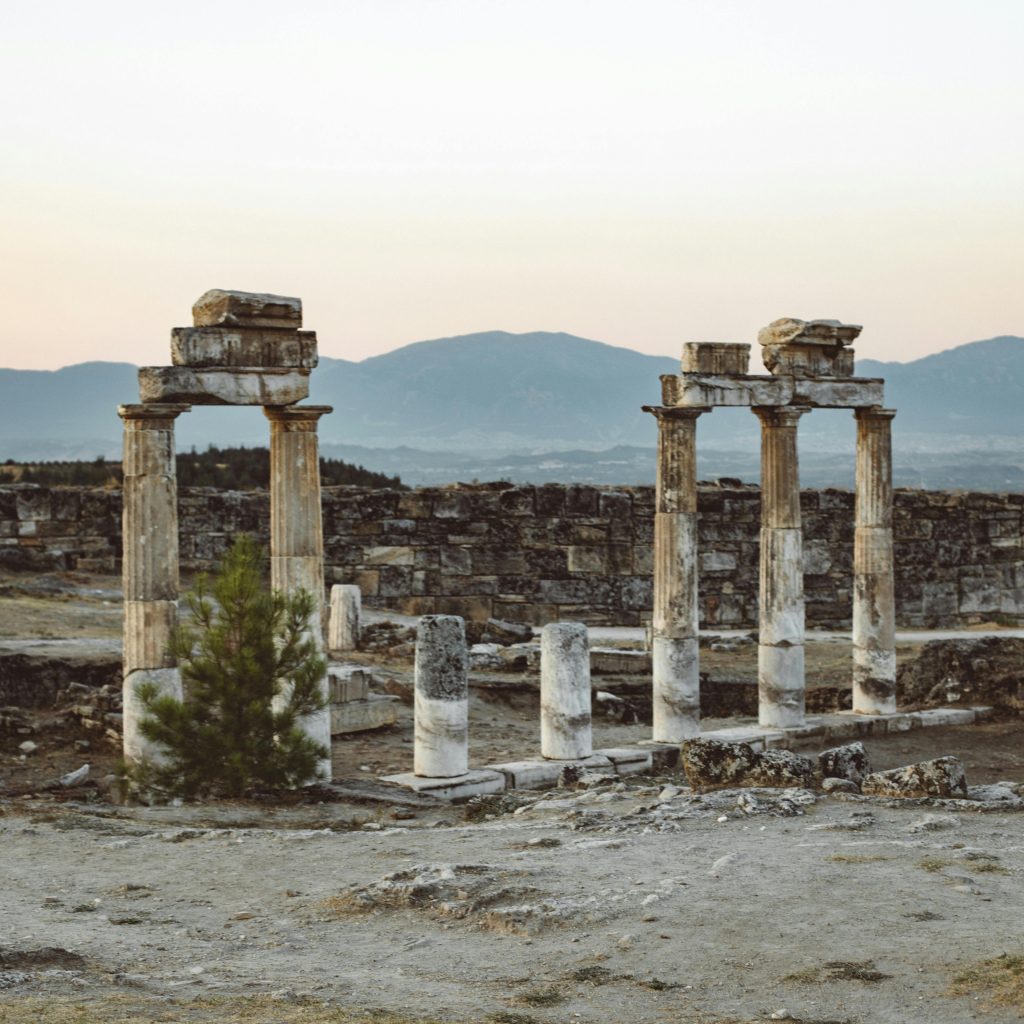
Even though travertines are the center of attention, there are numerous natural and cultural attractions in and around this place:
1. Museum of Hierapolis
Located in the ancient Roman baths themselves, this museum contains artifacts discovered on site ranging from sarcophagi and statues to ancient tools.
2. Laodicea
Only 10 kilometers distant is this ancient city with great ruins that are comprised of a large theatre, aqueducts, and early Christian churches.
3. Karahayit Red Springs
Renowned for its red iron-rich thermal waters, this village close by provides another mineral bathing experience, frequently utilized for the treatment of skin ailments.
4. Denizli City
The surrounding city of Denizli is ideal for immersing yourself in local Turkish culture, cuisine, and shopping. Be sure to ride the Denizli Cable Car for a panoramic ride across the hills.
5. Paragliding over Pamukkale
For adventure enthusiasts, paragliding over the white terraces provides a breathtaking bird’s-eye view of this natural wonder.
Tips for Visiting Pamukkale
- Wear shoes on walkways to prevent damaging fragile travertines.
- Visit in the morning or late afternoon to avoid crowds and direct sun.
- Wear your swimsuit to enjoy using the Antique Pool and nearby thermal baths.
- Spend a night in Pamukkale town or Denizli to discover it to the fullest.
Whether you are attracted by the breathtaking white terraces, the rich ancient history of Hierapolis, or by the prospect of thermal water with healing properties, Pamukkale is a place you can’t miss in Turkey. Not only is a visit to this place a visual feast, it is also a rejuvenation for your body and soul.
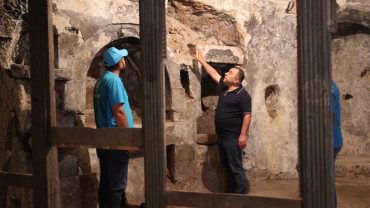
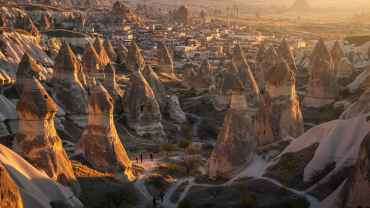

Comment (0)